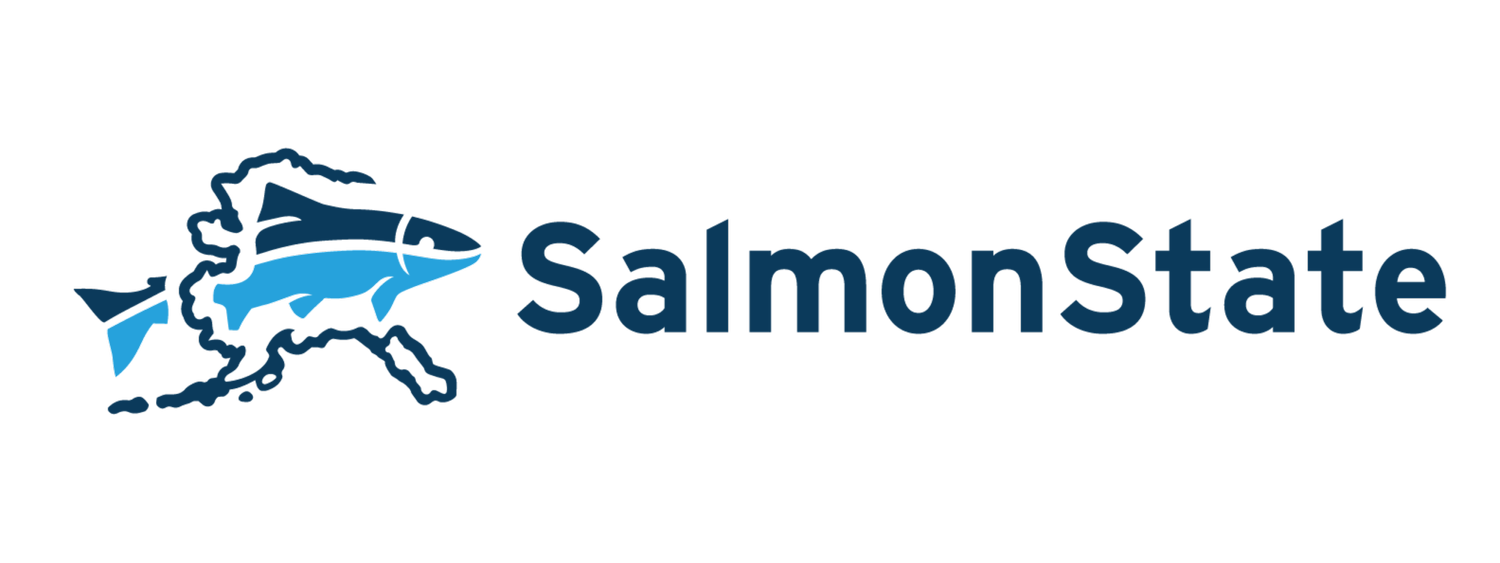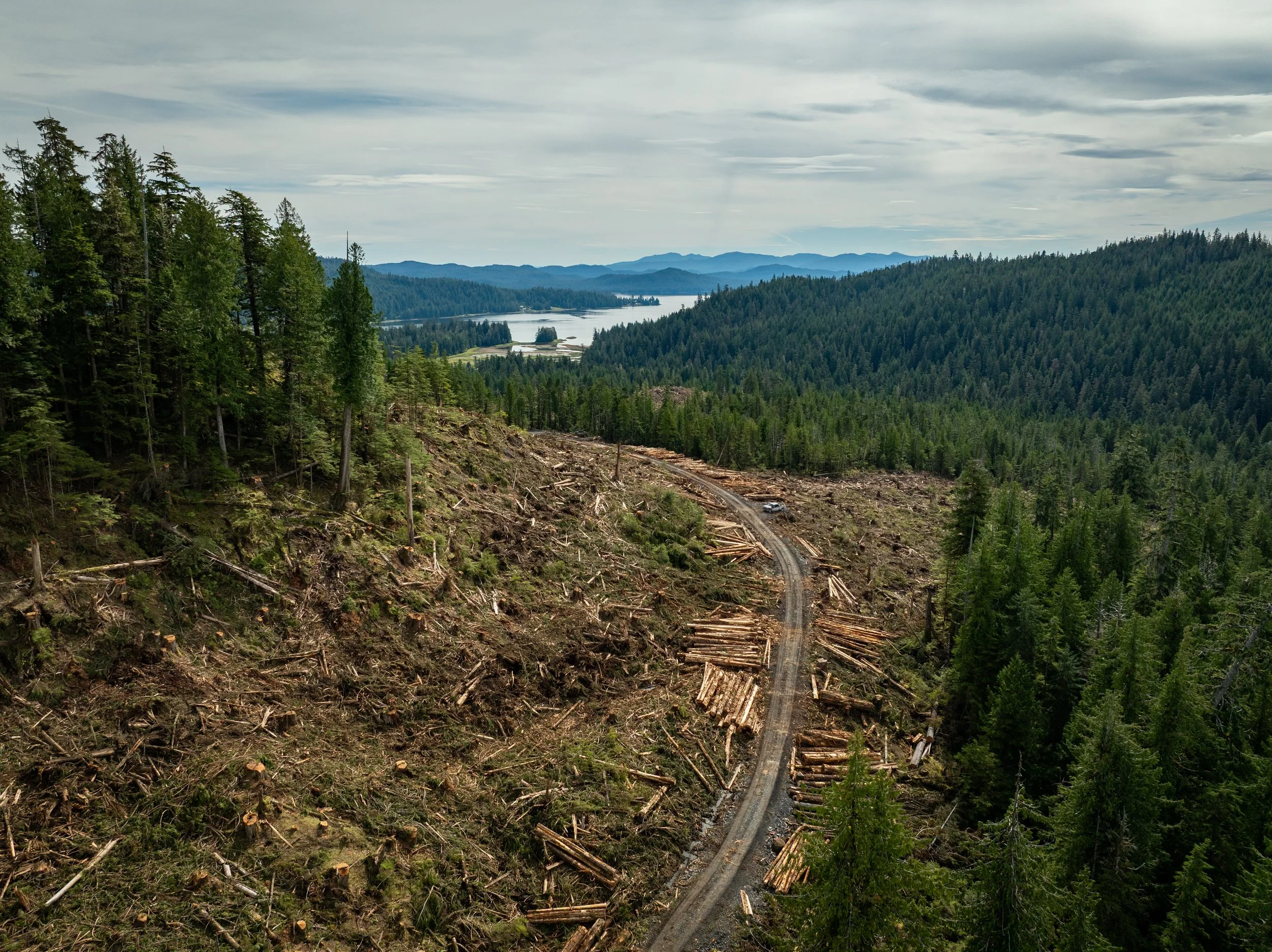Southeast Alaska to Trump Administration on Roadless: “We’ve moved on.”
JUNEAU, ALASKA—Alaskans, organizations, and businesses today reacted with disappointment as the Trump Administration announced it will once again eliminate “Roadless Rule” protections from national forests, including the Tongass National Forest in Southeast Alaska. The 2001 "Roadless Area Conservation Rule" prohibits the construction of new roads into wild areas of the Tongass, which in many cases serve as critical undisturbed habitat for salmon and wildlife, provide high quality hunting and fishing opportunities and drive the booming recreation and tourism industry.
"Uncruise Adventures is all about exploring wild Alaska. These Roadless areas are the kinds of places we need,” said Dan Blanchard, CEO of Uncruise Adventures.
”I cannot overstate the importance of inventoried Roadless areas to Southeast Alaska’s tourism and recreation economy,” said Hunter McIntosh, President of The Boat Company. “The Boat Company is a small cruise vessel eco-tour operator that provides hundreds of visitors each year with scenic views of southeast Alaska’s coastlines, fjords and forests. The Roadless Rule ensures these irreplaceable lands will remain protected and continue to draw visitors from throughout the globe. Remoteness, wildlife and scenery form the main visitor attractions in southeast Alaska.”
“The Tongass is where America comes to see Alaska. More than 2 million people come to see wildness, brown bears, glaciers, wild salmon, and big, beautiful public land,” said Dan Kirkwood, Southeast Alaska Program Manager at SalmonState. “The Forest Service and Southeast Alaska needs to focus on managing tourism so locals can make a living here and we can keep what makes Alaska awesome.”
"Protecting the Roadless Rule protects the experiences we offer—unspoiled forests, abundant wildlife, and a deep and timeless connection to a wild Alaska," said Christine Smith, co-owner of Northwest Navigation Co.
Background:
The top performing assets in the Tongass National Forest are wild lands and wild salmon runs. Tourism and fisheries together create 26% of the jobs in Southeast Alaska. Those jobs depend on the outstanding scenery and wild salmon runs that come from the Tongass. The Tongass is home to 13,000 miles of salmon streams that are the backbone of our wild salmon fisheries, which provide 25% of the West Coast’s salmon catch. Each year the two National Forests in Alaska provide 390 million servings of wild salmon. That’s a salmon burger for everyone in the country, with leftovers. This diverse portfolio of habitat is protected, in part, by the Roadless Rule.
For the last half-decade, Southeast Alaskans have moved away from the destructive clearcut logging practices of years past to focus on new and more sustainable endeavors. Analysis of public comments on the Roadless Rule from the last comment period, in 2019, the vast majority of public comments supported Roadless protections. So did the vast majority of in-person Southeast Alaska testimony. Also during the last effort to remove Roadless Rule protections, Southeast Alaska tribes issued a formal petition asking for a Tribal Homelands Rulemaking that has not been addressed. Local communities and tribes are passing resolutions supporting conservation protections. Today’s announcement allows for comments through September 19th, which is shorter than normal.
Today, the Tongass contains 1,700 miles of roads open for use and thousands more miles of abandoned, unmaintained logging roads. Agency experts have identified the need for decades worth of restoration work in order to stop and reverse the damage this crumbling infrastructure is having on fish and wildlife. In 2001, when the Rule was first implemented, the USFS identified a backlog of roughly $8.4 billion in deferred maintenance and reconstruction on the more than 386,000 miles of roads nationwide.

